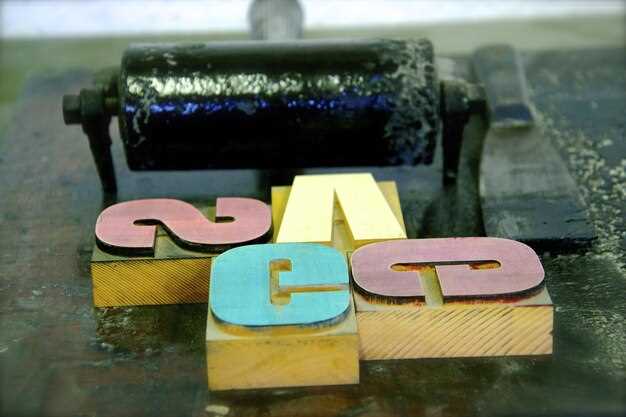
When navigating the automotive market, it’s essential to understand the various types of vehicle titles, particularly clean, salvage, and rebuilt titles. These classifications can significantly impact a vehicle’s value, safety, and insurability. Each title type serves a distinct purpose, offering valuable insights into the history and condition of a vehicle.
The clean title indicates that the vehicle has not been declared a total loss by an insurance company and has no significant damage history. In contrast, a salvage title is assigned to a vehicle that has suffered severe damage, often requiring extensive repairs. This title alerts potential buyers about the past issues, which may affect their decision.
Lastly, the rebuilt title represents a vehicle that was once classified as salvage but has undergone repairs to meet safety standards and is now roadworthy. Understanding the comparison among these title types is crucial for anyone considering a used vehicle purchase, as it directly influences warranty options, financing availability, and long-term reliability.
Differences Between Clean, Salvage, and Rebuilt Titles
When purchasing a vehicle, understanding the different types of titles is crucial for making an informed decision. A clean title indicates that the vehicle has not been reported as damaged or involved in a significant incident. This type of title signifies that the car is in good condition and has not undergone major repairs. Cars with clean titles typically have higher resale value and can be easier to insure.
On the other hand, a salvage title is issued when a vehicle has been declared a total loss by an insurance company. This usually occurs after a serious accident, flood damage, or theft. With a salvage title, the vehicle has undergone significant damage that may require extensive repairs. While salvage vehicles can be purchased at a lower price, they often come with risks, including potential issues with safety and reliability.
A rebuilt title is assigned to a vehicle that was previously issued a salvage title but has since been repaired and passed a state inspection. This title indicates that the vehicle has been restored to a condition deemed safe for driving. While a rebuilt title can provide a more affordable option for buyers, it is essential to thoroughly inspect the vehicle to ensure all repairs were completed properly and that it meets safety standards.
In summary, the key differences between clean, salvage, and rebuilt titles revolve around the vehicle’s history and condition. A clean title represents a vehicle without issues, while salvage and rebuilt titles indicate prior damage and repairs, respectively. Understanding these distinctions is essential to navigate the automotive market effectively.
Implications of Buying Vehicles with Salvage or Rebuilt Titles

When considering the purchase of a vehicle with a salvage or rebuilt title, potential buyers should carefully assess the implications associated with these types of titles. Salvage titles indicate that a vehicle has been deemed a total loss by an insurance company, often due to significant damage from accidents, floods, or theft. In contrast, rebuilt titles signify that the vehicle has undergone repairs and has been restored to a condition that meets safety and operational standards.
One primary implication is the potential for decreased resale value. Vehicles with salvage or rebuilt titles typically sell for significantly less than their clean title counterparts. This is due to general buyer skepticism surrounding the vehicle’s history and potential latent issues stemming from previous damage. A comparison of market values reveals that while the initial purchase price may be attractive, future resale prospects can be bleak.
Additionally, financing options are often limited for salvage or rebuilt title vehicles. Many lenders are hesitant to offer loans for these types of cars due to perceived risks. Interest rates might be higher, or financing could be entirely unavailable, placing additional strain on buyers looking for affordable payment options.
Insurance coverage poses another challenge. Some insurance companies either charge higher premiums or outright refuse to insure vehicles with salvage titles. This can lead to greater out-of-pocket expenses for repairs or replacement in the event of an accident. Buyers must ensure they understand their insurance options thoroughly before proceeding with a purchase.
It is crucial to conduct a thorough inspection of any vehicle with a salvage or rebuilt title. This includes obtaining a detailed history report and having a trusted mechanic evaluate the vehicle’s condition. Understanding the extent of repairs and whether they were done to a satisfactory standard is vital, as poor workmanship can lead to ongoing maintenance and safety issues.
Ultimately, while salvage and rebuilt title vehicles can offer significant savings initially, the long-term implications–ranging from resale value concerns to insurance hurdles and potential hidden problems–must be carefully weighed. Buyers should approach these vehicles with diligence and informed caution to make the best possible choice.
How to Verify and Assess Title Status Before Purchase

When considering the purchase of a vehicle, understanding the title status is crucial. Different types of titles, such as clean, salvage, or rebuilt, can significantly impact the vehicle’s value and safety. To verify the title status, start by requesting the Vehicle Identification Number (VIN) from the seller. The VIN is essential for checking the vehicle’s history and title information.
There are several online services and databases where you can input the VIN to obtain a detailed report. Look for services that provide a history of accidents, ownership changes, and title status. This will help you identify whether the vehicle has a clean title or if it has been involved in any significant incidents that resulted in a salvage or rebuilt title.
Additionally, contact your local Department of Motor Vehicles (DMV) or equivalent authority in your area. They can provide official records regarding the vehicle’s title and any restrictions associated with it. This step is vital for confirming the authenticity of the title reported by the seller.
Once you have the title information, assess its condition. A clean title generally indicates that the vehicle has not been deemed a total loss, while a salvage title signifies that it has been damaged beyond repair in the eyes of insurance companies. A rebuilt title indicates the vehicle has been repaired and deemed roadworthy, but it may still carry lingering issues from its past.
Finally, if you are considering purchasing a vehicle with a salvage or rebuilt title, arrange for a thorough inspection by a qualified mechanic. This can uncover potential problems that might not be evident from the title alone. Understanding title types and verifying their status will protect you from future liabilities and ensure a wise investment.
